There are a number of shades of hair that can occur in people by nature, looking as natural and multifaceted as possible. Often these are exactly the tones of hair that people try to achieve with the help of coloring, since in most cases they decorate any image. However, not everyone knows how to choose the right natural color of curls, what are the features of natural shades, and how to properly maintain them. All these nuances will be described in detail in this article.


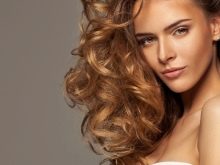
Features
Natural is the color of hair that is laid down by the genetic code and is inherent in a person from birth. For most of the population, various shades of light brown are considered natural. Other more colorful natural colors are inherent to people of specific nationalities or to those with characteristic genetic features.
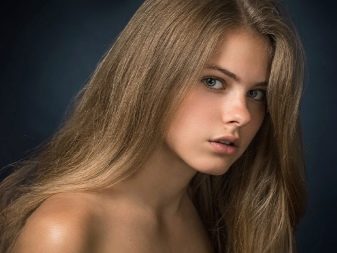
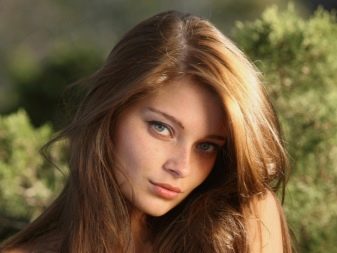
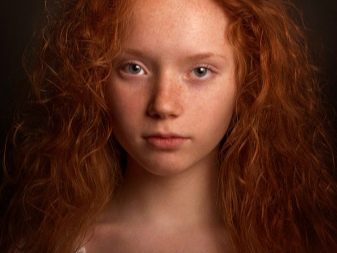
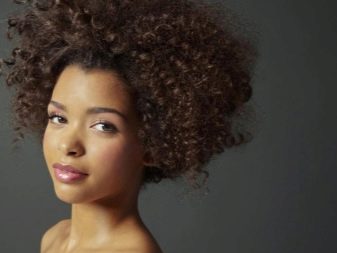
Special characteristics are also that the color of natural hair cannot be changed completely. Even if you tint your hair with resistant paint, strands of a natural tone will grow. And also similar shades of hair correspond to a certain color type of appearance, which are conditionally divided into spring, summer, winter and autumn.
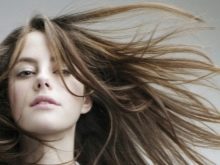
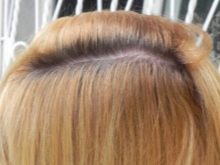
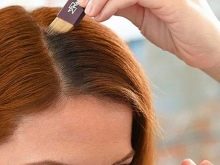
Signs such as eye color and skin usually correlate with the natural color of curls.
It is also worth noting that the natural shade is far from always monophonic. In most cases, there is a slight difference in the shades of the strands. She is not always visually noticeable, but she gives the natural hair luxurious overflow. Therefore, to recreate a natural shade with paint is not always an easy procedure.

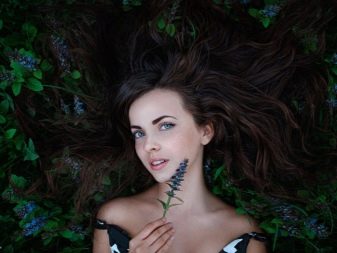
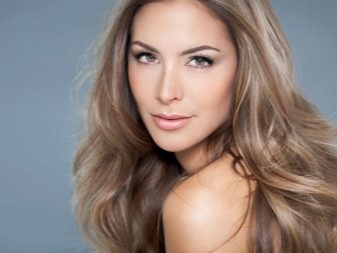

Which are there?
If we consider the natural tones of the hair in more detail, we can see that their palette is represented by several basic shades, each of which has its own characteristics.

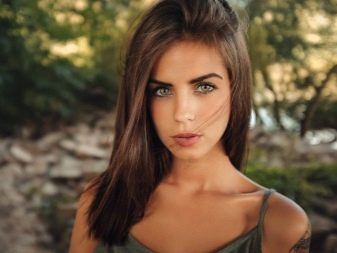
Natural blond
Not the most common phenomenon that results from a lack of pigment in the hair cells. This color is characteristic of women living in the central part of Europe or in the Scandinavian countries. Shades of natural blond can vary from light beige to gray. In the rarest cases, for example, such as in albinos, a natural platinum color occurs.
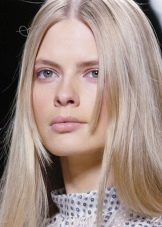
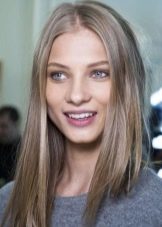
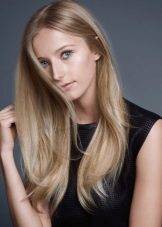
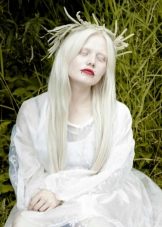
If gray and golden tones predominate in the strands, then the blond is considered light, and if caramel or wheat is found, then this shade is classified as saturated blonde.



Blond hair is the most suitable for any dyeing, because their fibers easily absorb dye pigment.
Light brown
This color can be described only as a mixture of beige and gray tones, which organically fit in one hair. However, someone is dominated by a gray tone, while someone is beige. Among the fair-haired, there are also quite dark tones, which are more difficult to affect with paint. Some time ago, fair-haired was considered a rather boring and trivial color, they sought to paint over it, making the image brighter. However, now that naturalness is in fashion, many girls, on the contrary, want to restore their natural tint or emphasize its natural tints with light tinting.
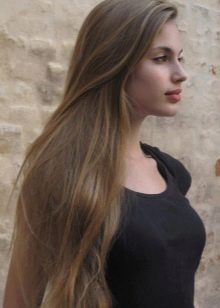
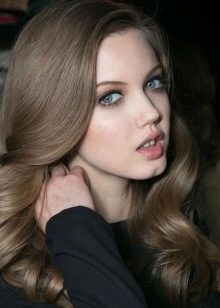
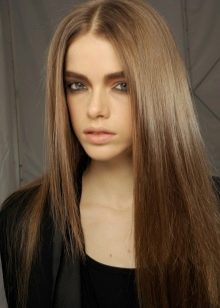
Dark
By nature, dark hair is characteristic of those ladies in whose hair cells there is a high level of concentration of melanin. This component is inherent in both brunettes and brown-haired women. In the first case, the shade of the hair can be dark brown without a reddish sheen or blue-black. Brown-haired women can have caramel hair color, medium chestnut and dark chestnut. Among the brown-haired girls are distinguished with colder or, conversely, warmer shades.

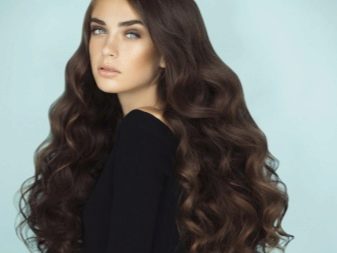
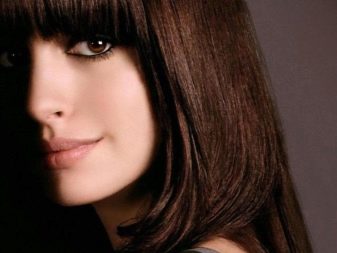

All shades of dark are extremely difficult to repaint in lighter tones. In most cases, the hair must first lighten, and only then give them the desired color.
Natural red
This is a truly beautiful and rare color of curls, which is inherent in the inhabitants of Scotland, Ireland, in rare cases it is found in residents of other territories. In other countries, the number of red-haired people is no more than 2% of the total population. Both light orange and a more saturated red-yellow color of hair can be found.
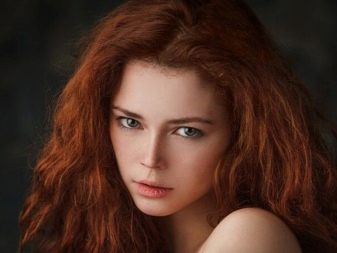
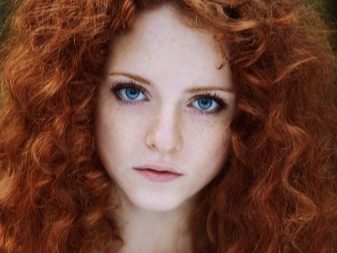
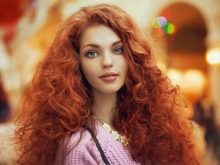
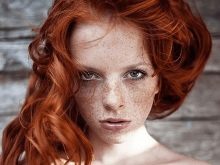

Gray-haired
When melanin ceases to be produced, the color of the hair becomes gray. But nonetheless this shade is fashionable and is often found in concepts for creating a female image. True gray-haired, arising only with age, is closer in tone to gray or white.
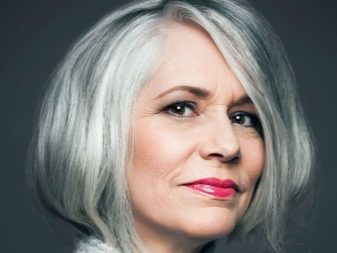
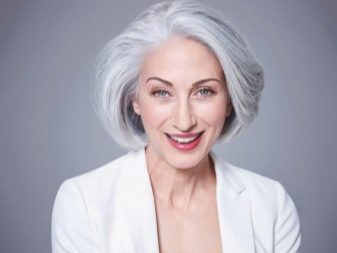

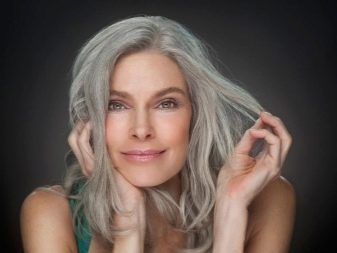
Some ladies have gray hair almost a platinum hue.
How to choose a color?
It is very important that the natural color of the hair, recreated with the help of coloring agents, suit its owner. Compatibility depends not only on the image that the lady prefers, but also on her color type, determine which is necessary before choosing a color.

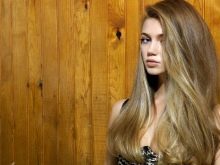
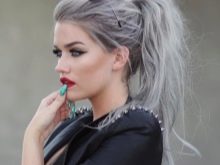
Each color type has a specific list of signs and recommendations for selecting a shade of hair.
- Among the warm color types is spring, which is found in owners of fair skin with a slight golden tint, blond or light natural curls, light eyes. The optimal choice for such young ladies will be warm shades of blond, such as beige blond, cappuccino, light blond or wheat blond. These tones emphasize the delicate skin tone.
- Ladies of summer color type have a colder skin tone, close to porcelain. They have a natural color strands can be ashen.But for coloring, it is worth choosing such color options as alder, walnut, platinum or ashy blond, cold sand, cold chocolate.
- If the natural color of your strands is cast in golden or copper, and the skin has a warm peach hue, then your color type is autumn. This type does not accept contrasts, so refrain from using too light or dark tones in the hair. Choose walnut, warm chestnut, amber, copper, saturated caramel and warm chocolate.
- Representatives of the winter color type are characterized by light or even warm-olive skin without blush, as well as rich dark locks. Such women are suitable graphite dark tones, blue-black, dark chestnut or chocolate.
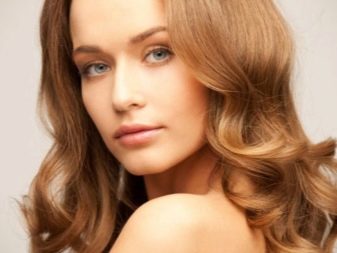
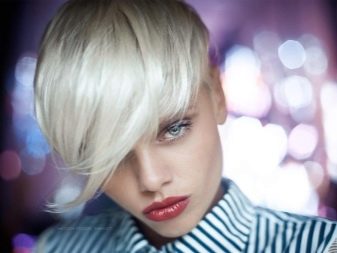
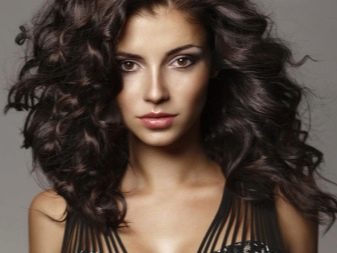
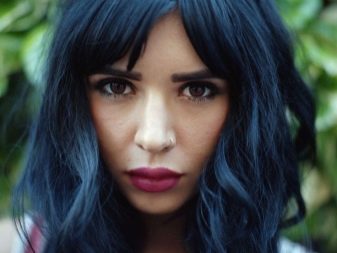
Rating of paint manufacturers
Having chosen the desired natural tone of the hair, it is not always as easy to choose a dye.

To understand what products you should pay attention to, check out the most popular and well-established brands on the market.
- The German brand is especially popular. Wella, whose palette is Koleston Perfect - includes many natural shades. This paint does not dry out the hair and also gives it a natural shine.
- American brand Matrix presented in the SoColor line, created products that adapt to the natural hair pigment and give the strands a rich color. Despite the fact that this paint can dry the tips, it is characterized by a fairly high level of resistance.
- Famous German brand Schwarzkopf created the stunning paint of Igora Royal, which takes one of the leading positions in the number of shades in the line. There are mixtons in the palette, allowing you to create a unique result on the head of hair. It is also worth noting that in this paint there is no unpleasant odor of ammonia, but there are vitamins useful for hair.
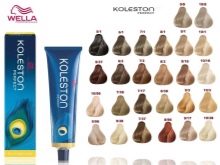
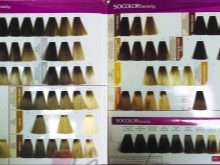
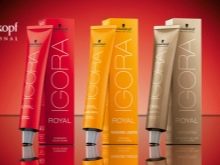
Staining rules
In order to refresh your natural hair color, and also to re-create a natural shade on your hair, it is worth remembering that certain rules of dyeing must be observed. They allow you to create a natural color pattern on the hair and give them special beauty.
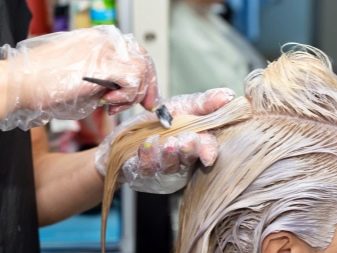
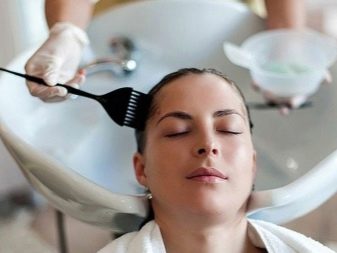
Allocate various techniques.
- A uniform color along the entire length is considered traditional. It is easy to create it yourself at home. However, sometimes it is necessary to ask for help to paint hard-to-reach areas on the back, especially if you have a long head of hair.
- In natural concepts of staining, coloring is appropriate if individual strands are painted in a different tone, close to the main one.
- You can lighten the strands of various thicknesses slightly, creating the effect of natural burnout. This is a long-familiar technique of highlighting. It will be especially appropriate for the embodiment of natural light or light brown shades.
- Bronding or stretching the color through the hair represents a smooth transition from dark roots to a lighter middle part and tips. This technique is very popular for creating a natural blonde.
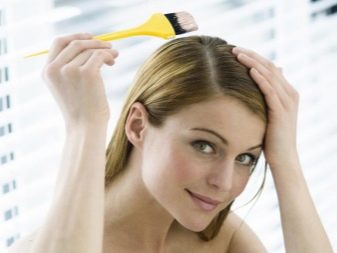
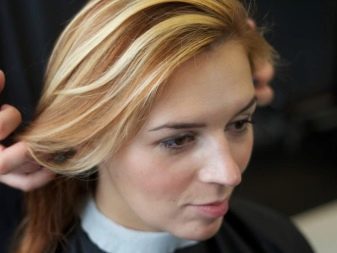
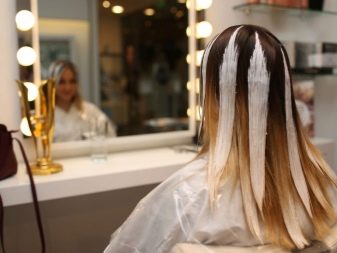
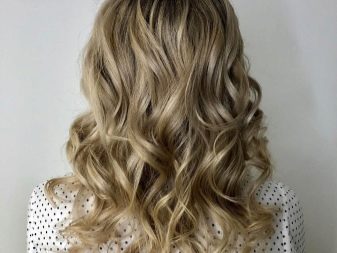
Follow-up care
The fact that the paint harms the hair is undeniable, so it is very important to carefully care for the curls after staining.
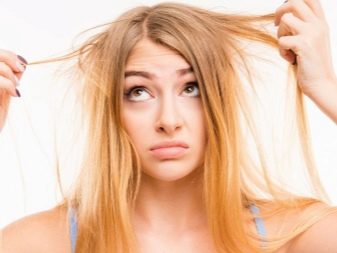
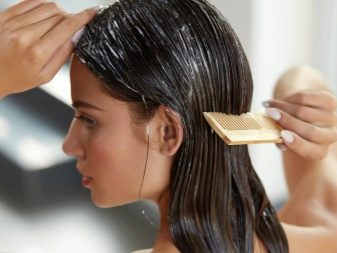
Such care for the hair should be carried out using various means and procedures.
- Regular use of cosmetics for colored hair. Such products prevent even more drying out of the strands and at the same time do not wash out the color.
- Natural drying of curls. After chemical exposure to the coloring pigment, frequent thermal drying of the hair should be avoided.
- Make homemade masks based on natural oils, at least once a week indulge your hair with such procedures. They contribute to additional hydration of the scalp.
- Watch the temperature of the water when washing your hair - it should not be too hot.And also shampoo the root zone, which is most exposed to contamination. Thus, you do not drain the ends of the curls.
- It is worth paying attention to indelible protective products, which are sprays and creams. They create a layer on the hair that protects the strands from thermal and other negative external influences.
- In addition to restoring curls from the outside, it is necessary to support this process from the inside. Therefore, after staining, drink a course of vitamins that favorably contribute to the restoration of hair.
- Do not neglect the use of balms after cleansing the strands with shampoo. The soft texture of these products smooths the scales of the hairs, as well as facilitates easier combing.
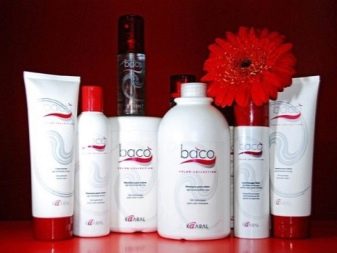
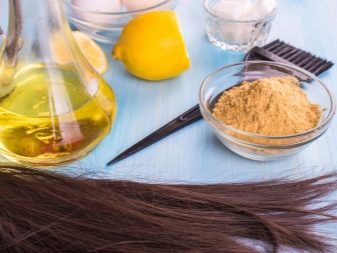
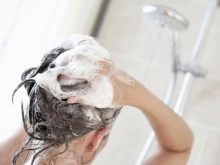
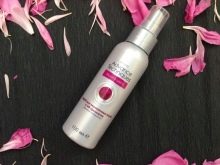

In the next video, the most common hair colors are waiting for you.










